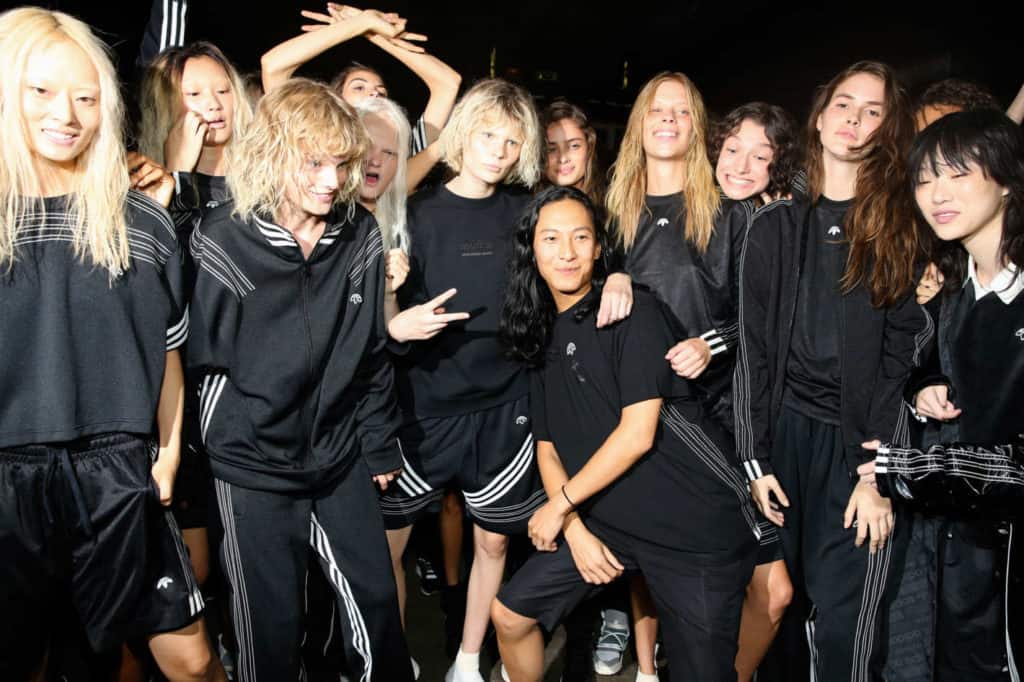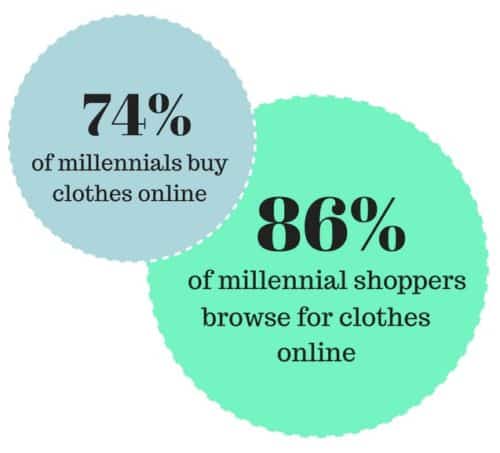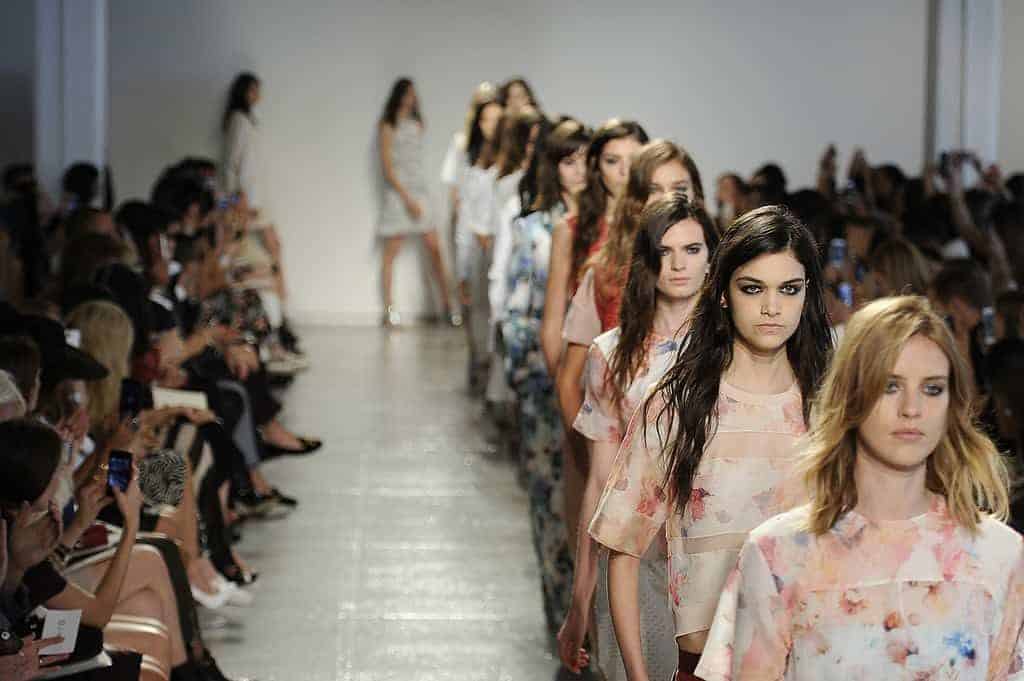We’ve been hearing about the “see now, buy now” phenomenon and how it is changing the way consumers shop and how designers plan their collections.
A few brands have taken the plunge and joined the movement. It’s been said that the fashion industry needs to change the way it thinks about consumer shopping to keep up with the faster and faster demand of new products and that “see now, buy now” could be a great way to do it. Some fashion labels have tried unsuccessfully and there’s been a lot of skepticism regarding this new strategy, nevertheless the opportunity is endless if done the right way and some fashion giants such as Burberry and Tommy Hilfiger are already proving this to be true. Question is, how would it affect the fashion calendar as we know it?
Here are some key points we’ve rounded up about the characteristics and opportunities of “see now, buy now”:
In this article you’ll learn…
+ Increased sales +
Several brands had large spikes in sales following collection debuts: Burberry, Topshop, Tommy Hilfiger and Rebecca Minkoff. Minkoff beat their best sales day ever, only being open half the day. Tommy Hilfiger, according to The State of Fashion report by Mckinsey & Company, completely sold out of the under-$100 pieces from the Tommy x Gigi runway event straight after the show last year; it’s no wonder they’re putting out a 3rd colab collection this Fall 2017.
+ Consumer interest spike +
Though not all brands that offered “see now, buy now” saw a sharp increase in sales, a lot saw a hike in online interest and searches compared to previous seasons. Even if consumers were not immediately buying, they were definitely making a note for later – maybe even bookmarking for when their next payday hit. This is why brands have to keep an eye on the interest in every product of a collection after the launch. They can do this by checking the number of times an image was looked at and downloaded from the brand’s digital showroom, by tracking the number of sample requests from journalists and influencers, and taking note of all of the mentions on social media and in the press.
+ Scarcity is key +
Alexander Wang debuted his semi-secret collection with Adidas, also incorporating “see now, buy now”. Since it was a surprise and Wang already has an incredibly strong brand, throw in limited availability of said product and you’re guaranteed to sell out in the first night. Because the collection was so limited and by a designer that virtually everyone knows about, everyone wanted to be a part of the secret collection. Limited availability is key to creating a sense of urgency, otherwise brands may find that consumers would rather take their time on deciding whether the product is worth buying.

+ The fashion calendar and its seasons +
The fashion calendar is a strange one. The truth of the matter is, when shows for spring and summer are walking down the runways in September and October, most consumers aren’t thinking about a season that doesn’t happen for another 4-5 months. They’re thinking about fall and what they need before real winter hits which is why designers who choose to take part in the “see now, buy now” movement need to completely re-think their business model and present collections that are in-season, as Mulberry plans to do in 2018. Some industry leaders worry that defying the long-standing system disrupts the established relationships with retailers since “see now, buy now” is essentially a direct-to-consumer model. This is particularly beneficial for companies who are targeting millennials, seeing as “86 percent of millennial shoppers browse for clothes on a computer, and 74 percent actually buy clothes online” according to a Lifestyle Monitor study.

However, there is in fact a huge window of opportunity for retailers, not just brands who sell online, as long as it is all well planned. Selfridges has been teaming up with “see now, buy now” brands since 2014 when they made Jeremy Scott’s first Moschino collection available the next day in their store; a successful move according to Womenswear Buying Manager Heather Gramston. This year, for the first time, Selfridges will be carrying Burberry’s “see now, buy now” collection 24 hours after the show.
“See now, buy now” is still a new trend that hasn’t been explored fully yet. Many questions, such as how this will affect the fashion week calendar we’ve come to know and love, haven’t been answered yet. Though some brands such as Rebecca Minkoff have succeeded in using this model, others such as Tom Ford and Thakoon were forced to abandon. Will see now buy now only be successful for designers who have a lower price point? Will it only be successful for collections that are scarce and have limited availability?

“See now, buy now” is a movement that is connecting directly with the consumer desire to see a trend and immediately own it. This is the desire of the digital-first, social media obsessed generation and the fashion industry is trying to figure out how best to connect – one trend at a time.
What’s your opinion about “see now, buy now” phenomenon? How do you see the change in the fashion calendar? Share your comments with us! 😉
